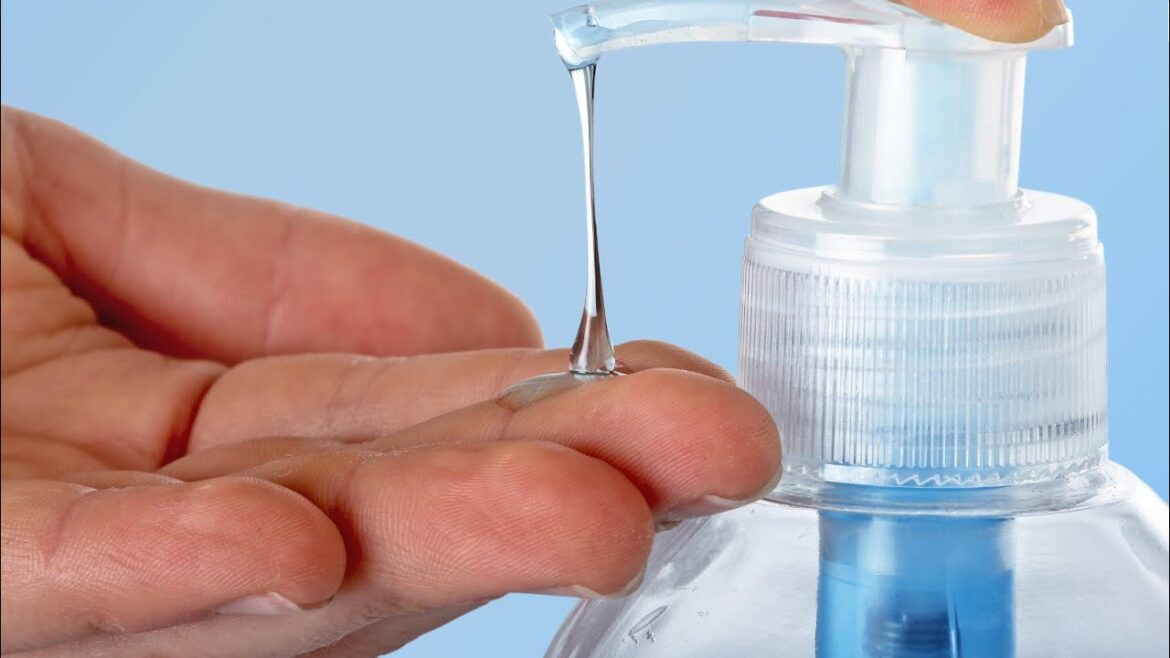What Do I Use to Wash My Hands? Soap or the Sanitizer?
| On Dec08,2021
Hand hygiene has been a primary tool in keeping the public healthy during this pandemic. Americans are washing their hands more frequently and for longer.
Keeping your hands clean is one of the best ways to remove germs from your hands, but the overuse of some soaps and water can lead to dry and damaged skin. It’s important to not only keep your skin clean, but also healthy.
So, when should you wash your hands and when should you sanitize them?
Let’s Take A Look At the Scientific Pattern!
The skin on your hands play a major role in your overall health. It’s made up of skin cells and lipids. When your skin is healthy, these cells are well organized and work in harmony to keep moisture in and pathogens, irritants, allergens, and pollutants out.7,8 When your skin becomes damaged, the lipids are disrupted and sometimes washed away, leaving biochemical and physical gaps where moisture escapes and bad actors can enter.
What Are Some Early Signs Of Skin Damage
- Dryness
- Tightness
- Flaking or itching of the knuckles, back of hands and between fingers
Advanced signs of skin damage:
- Damage that involves the palms of the hands
- Redness
- Swelling
- Blistering
- Bleeding
- Cracking (especially around fingernails)
- Difficulty making a fist (extreme tightness)
How Do I Protect My Skin?
If you find yourself with the warning signs of skin damage, take control of your skin.
Keep your skin hydrated with moisturizers that are well-formulated and from brands you trust. Keeping your hands moisturized will increase the natural lipids and moisturizing factors already present in your skin, boost skin cell turnover, and relieve dryness. The ideal times to use skin lotion is right before bed, at the beginning of your work shift or daily activities, and soon after washing your hands or exposing them to water (e.g. doing dishes or taking a shower).
When washing your hands, use cool or room-temperature water and dry your hands thoroughly. The temperature of the water does not appear to significantly affect bacteria removal; however, warmer water may cause more skin irritation. Water temperature as high as 100°F (38°C) and as low as 60°F (15°C) does not have a significant effect on the reduction of bacteria during hand washing.
When Do I Wash My Hands?
According to the most of the skin care experts, always wash your hands if they are visibly soiled. It’s also important to use liquid soap with moistrizing capabilities and water during these key moments:
- Before, during, and after preparing food
- Before eating food
- Before and after caring for someone at home who is sick with vomiting or diarrhea
- Before and after treating a cut or wound
- After using the toilet
- After changing diapers or cleaning up a child who has used the toilet
- After blowing your nose, coughing, or sneezing
- After touching an animal, animal feed, or animal waste
- After handling pet food or pet treats
- After touching garbage
What Causes the Most Damage to Hand Skin?
Hand hygiene with quality products will not damage your skin, but many other factors can hurt your skin condition, such as cold temperatures, dry weather, and gloving. The overuse of soap and water can also lead to damaged skin. Washing too often washes lipids away faster than the natural recovery process of your body, causing dry or damaged skin.
Unlike much of the liquid soaps within Pakistan, DUPAS Liquid Soap Collection is a leave-on product that doesn’t remove skin lipids, even with repeated use. A well-formulated product kills germ on your hands that may cause illness and evaporates quickly, while leaving moisturizers behind to nourish the skin.

